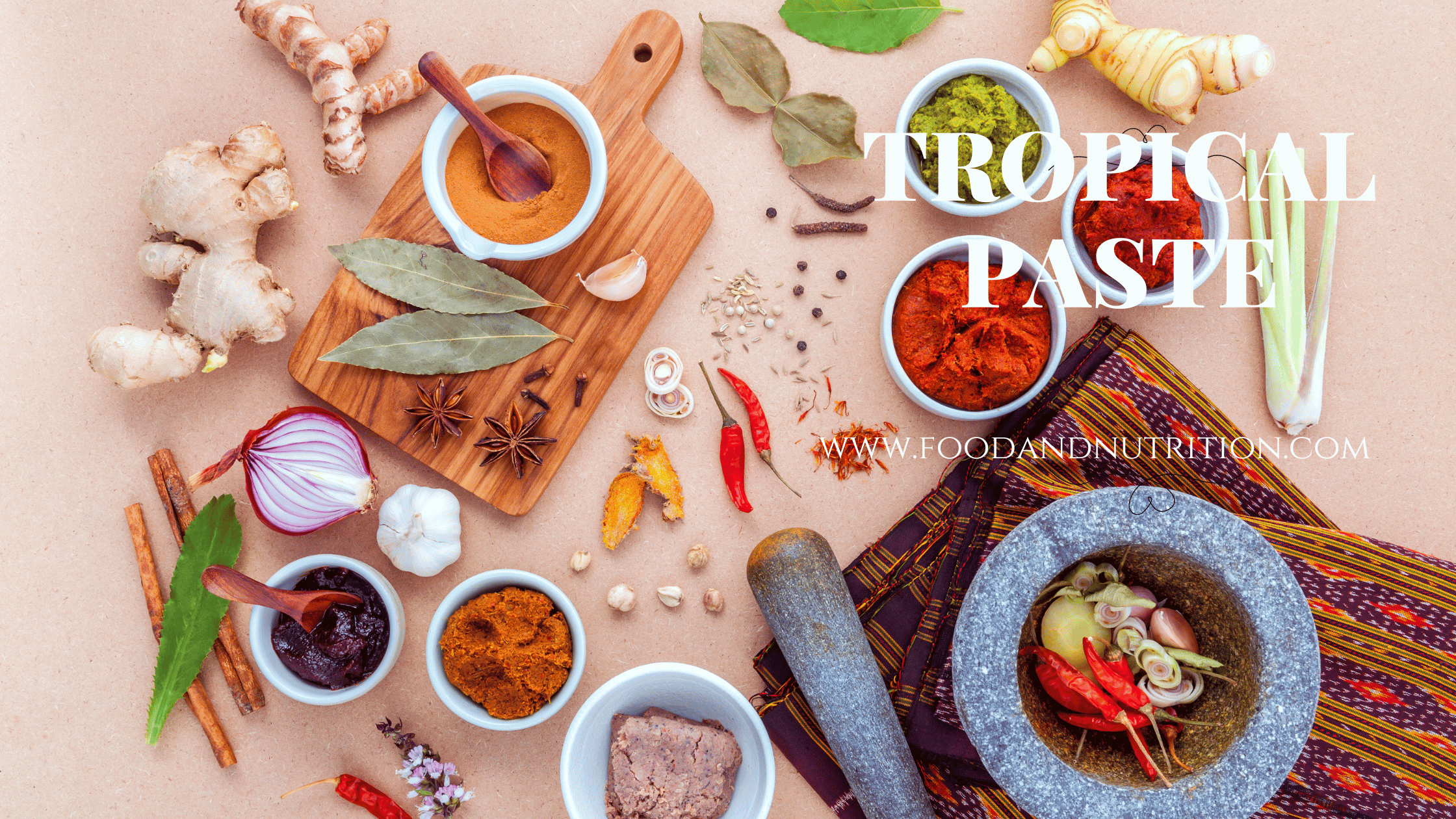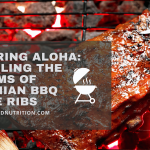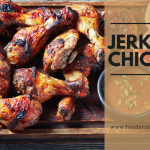Elevate Your Dishes with Tropical Paste: A Taste of Caribbean Magic

Indulge your taste buds in a culinary adventure with Tropical Paste, a versatile condiment that adds an explosion of flavors to meats, seafood, and vegetables. This unique paste boasts a rich history rooted in Caribbean cuisine, captivating the palates of food enthusiasts worldwide. In this blog post, we will delve into the intriguing history of Tropical Paste, explore its rising popularity, delve into its common ingredients, highlight its impressive nutritional value, and provide tantalizing serving ideas. Get ready to spice up your culinary repertoire with this tropical delight!
The History of Tropical Paste
Tropical Paste finds its origins in the vibrant and diverse culinary traditions of the Caribbean islands. Reflecting a fusion of African, European, and Native American cultures, Caribbean cuisine is renowned for its bold flavors and use of fresh ingredients. Over the years, Tropical Paste has become a staple in many traditional Caribbean dishes, adding a signature taste that defines the region’s culinary identity.
Why Tropical Paste is So Popular
The popularity of Tropical Paste has soared in recent years, and for good reason. Firstly, it brings an unparalleled burst of flavor to any dish, transforming even the simplest meals into extraordinary culinary experiences. The combination of scallions, ginger, chili peppers, brown sugar, tamarind, lime juice, salt, tomato paste, curry powder, and allspice creates a symphony of tastes that tantalizes the senses.
Secondly, Tropical Paste is incredibly versatile, elevating a wide range of dishes. Whether you’re grilling succulent chicken, creating a seafood stew, or experimenting with vegetarian delights, this paste effortlessly enhances the flavors and takes your cooking to new heights.
Thirdly, its ease of preparation adds to its allure. With just a few simple steps, you can create your own Tropical Paste at home, allowing you to tailor the flavors to your liking. It can be conveniently stored in the refrigerator for up to a week, providing a handy and flavorsome addition to your culinary creations.
Common Ingredients in Tropical Paste
Tropical Paste is a harmonious blend of various ingredients, each playing a crucial role in its flavor profile. The recipe typically includes scallions, ginger, chili peppers, brown sugar, tamarind, lime juice, salt, tomato paste, curry powder, and allspice.
Scallions, with their mild onion flavor and vibrant green stalks, contribute freshness to the paste. Ginger adds a spicy and fragrant kick while boasting anti-inflammatory properties and aiding digestion. Chili peppers infuse heat and spice, along with a healthy dose of vitamin C and capsaicin, known for its anti-inflammatory properties.
Brown sugar balances the heat of the chili peppers, imparting a delightful touch of sweetness. Tangy tamarind lends its distinct sour flavor, packed with essential vitamins, minerals, and antioxidants. Lime juice brings acidity and brightness, delivering a refreshing burst of vitamin C.
Salt enhances the overall flavor profile, while tomato paste contributes a rich, savory depth. The combination of curry powder and allspice adds complexity, depth, and aromatic warmth to the paste, elevating its taste to new dimensions.
Tropical Paste
Ingredients
- 8 medium scallions coarsely chopped
- 2 tablespoons fresh ginger root grated
- 1 red chili pepper seeded
- ¼ cup brown sugar
- 2 tablespoons tamarind concentrate or paste
- 2 tablespoons fresh lime juice
- 2 tablespoons coarse salt
- 1 tablespoon tomato paste
- 2 teaspoons curry powder
- 1 teaspoon ground allspice
Instructions
- In a blender, combine the scallions, ginger, and chili pepper. Blend well.
- Add the brown sugar, tamarind concentrate or paste, lime juice, salt, tomato paste, curry powder, and allspice to the blender. Mix until a well-developed paste is formed.
- Store the tropical paste in an airtight container and refrigerate until ready to use.
- Use the paste as a seasoning for salmon, shrimp, whole chicken, pork tenderloin, and beef.
Notes
The Nutritional Value of Tropical Paste
Beyond its irresistible taste, Tropical Paste offers impressive nutritional benefits. Scallions, ginger, chili peppers, tamarind, and lime juice are all excellent sources of vitamin C, a vital nutrient that supports the immune system and aids iron absorption. Additionally, chili peppers’ capsaicin possesses anti-inflammatory properties, promoting overall health and well-being.
Tamarind boasts potassium, magnesium, and iron, essential minerals that support heart health, nerve function, and energy metabolism. Ginger, with its anti-inflammatory properties, aids digestion and adds a healthful twist to the paste. Allspice, in addition to its antioxidant properties, provides manganese, contributing to bone health.

Serving Ideas for Tropical Paste
The versatility of Tropical Paste extends to its numerous serving possibilities. Here are some delightful ideas to incorporate this exotic condiment into your culinary repertoire:
- Grilled Salmon: Rub the Tropical Paste onto salmon fillets and grill them to perfection for a mouthwatering and flavorful meal.
- Shrimp Skewers: Toss shrimp in the Tropical Paste, thread them onto skewers, and grill until cooked through. Enjoy the delightful combination of flavors in each succulent bite.
- Whole Chicken: Rub the Tropical Paste under the skin of a whole chicken, allowing the flavors to infuse as it roasts in the oven. The result is a juicy, tender, and incredibly flavorful chicken.
- Pork Tenderloin: Coat pork tenderloin with the Tropical Paste and roast it in the oven. The paste’s aromatic notes will elevate the tenderness of the meat, creating a mouthwatering dish.
- Beef Kabobs: Thread beef cubes onto skewers, generously coat them with Tropical Paste, and grill to your desired level of doneness. The combination of flavors will leave you craving for more.
Conclusion
Tropical Paste is a culinary gem that bridges history, popularity, and nutrition, bringing a taste of the Caribbean into your kitchen. Its rich history in Caribbean cuisine, rising popularity, and flavorful combination of ingredients have captured the hearts and palates of food enthusiasts worldwide. With its remarkable nutritional value and endless serving possibilities, Tropical Paste is the secret ingredient that will elevate your cooking to new heights. Embark on a culinary adventure and experience the tropical flair in every bite.

- Unlock Classic Marinara Sauce: A Flavorful & Nutritious Guide
- Embracing Summer: The Ultimate Watermelon Feta Salad with Tomatoes & Olives
- Rediscovering Lebanese Salad: A Refreshing Delight with a Rich Heritage
- Eating Your Way to Healthy Blood Pressure: A Guide to Lowering Hypertension
- Perfect Roasted Leg of Lamb: A Timeless Delight for Your Table
- Romesco Sauce: A Flavorful Spanish Delight That Elevates Every Dish
